In the UK, there are around 22,000 workplace fires every year. That’s an average of 423 fires per week in the workplace alone.[1]
Most workplace fires happen in industrial premises, like workshops and warehouses, not only because they tend to be dense with stock and therefore more flammable, but also because of the kind of work that takes place here.
Hot work, for instance, is a major fire risk, and frequently carried out in industrial premises. Hot work is an industry term that describes activities that generate a lot of heat, like welding, sawing, and soldering.
The presence of machinery is another fire risk, particularly if you have a lot of equipment on the premises. If a technical or electrical fault was to occur, a fire could erupt and quickly grow out of control. Electrical faults are one of the biggest causes of fire in industrial workplaces.[2]
It’s not just hot work you need to be mindful of, though; there’s another major fire risk that’s prolific even in your average office workspace: electrical equipment.
Computers, laptops, servers sockets – none of these things is invulnerable to an electrical fault. And when an electrical fault happens, it won’t always be noticed right away, further increasing the risk of a fire.
The missing piece
For a business's fire safety procedure to be considered adequate, it needs to have covered three bases: prevention, detection, and intervention. The fire safety procedures your business adopts will be shaped by this triad as well as government mandates.
It's easy for a business to feel their building is adequately fire-protected when it has the familiar trappings of fire alarms, fire extinguishers and fire exits. Combine this with conducting regular risk assessments and regular equipment maintenance, as mandated by law, and some business owners feel that they’re doing all they can to keep their building and their people safe.
But, alarmingly, the most common commercial fire prevention strategies are missing a critical element: most of it is only useful when there's already a fire.
Take fire alarms, for instance. A fire alarm activates once it receives information that there's more smoke particles in the air than there should be before sounding the alarm. We're all familiar with the sound of a fire alarm – many of us have accidentally activated them simply by cooking – but did you know that over 98% of automatic fire alarms (AFA) incidents are false alarms?[3]
You might think that an overzealous fire alarm is a good thing because it's better to be safe than sorry, but false alarms come at an enormous cost to fire emergency services. More than one in three fire incidents attended by emergency services was an AFA false alarm.[4] Between April 2022 and March 2023 alone, there were 238,885 false fire alarms attended to by emergency services.[5]
Perhaps in response to the huge volume of false alarms, the Scottish Fire and Rescue Service announced earlier this year they would no longer be attending AFA callouts to commercial workplaces unless a fire had already been confirmed.
None of this is to say that fire alarms aren’t useful; they are, and their presence is rightfully mandated in all commercial buildings.
The issue is that they seem to be wildly imprecise measurers of danger: is it right that a device that generates an incredible volume of lost manpower and goes off when something's burning in the kitchen be considered the pinnacle of fire safety?
Don’t wait until your building is burning
The potential loss of life a serious fire could cause - as well as the damage to company property - warrants more sophisticated measures than your average business owner employs. This is where thermal imaging cameras come in.
Thermal imaging cameras let people see what their eyes can't. A type of camera that creates an image from heat - rather than light, like a regular camera - thermal imaging cameras continuously monitor your chosen space for areas of heat activity.
Because thermal imaging cameras are constantly monitoring the heat levels within your building, they can therefore alert you when temperatures are too high, including, but not limited to, in the case of a fire. They're very precise instruments, and can detect temperature changes as small as 0.01°C.[6]
Particularly in industrial workplaces, these cameras are invaluable at signalling when something’s not quite right before a fire breaks out.
Benefits of thermal imaging cameras
Thermal imaging cameras have the chameleon-like quality of being able to seamlessly blend into many different settings. From their use in medical settings, workplace settings and even search and rescue efforts, the reliability and precision the thermal imaging camera offers has made it an indispensable tool wherever it goes.
Here are just a few of the benefits of thermal imaging cameras in an industrial workplace:
- Continuously monitor for hotspots.
- Can indicate whether suppression systems would be useful.
- Indicate whether machinery needs maintenance.
- Provides a thermographic image of what's going on within a machine.
- Inform you of working temperatures.
- Let’s you identify potential fire hazards.
- Creates a more robust fire protection strategy.
But most importantly of all, thermal imaging cameras save lives.
Case studies of thermal imaging cameras in action
In September 2023, a large fire erupted in a Sainsbury's in King's Lynn, and firefighters used thermal imaging cameras to check for hotspots so they could more effectively tackle the fire.[7]
Even more recently, a few months ago a warehouse in Essex caught fire after a number of lithium batteries exploded, but due to thermal imaging cameras firefighters were able to 'pinpoint where in the building [they needed] to focus our efforts' and get the fire completely under control.[8]
Don't hit the news for the wrong reason
In twenty years' time, people will look back at our fire prevention and protection strategies – which are (mostly) based around a fire already having erupted – as archaic.
Thermal imaging cameras fill this space that’s missing in modern fire procedures, and work not only preventatively but also actively to save lives.
That’s not to mention all the incidents we don’t hear about, however. We don't hear about all the times buildings were 'nearly' engulfed in flame before thermal imaging camera technology signified an issue, because that wouldn’t be newsworthy.
Importantly, you don’t want your business to be newsworthy – not for this reason.
Protect your people, your building, and your property from fire the right way, with thermal imaging camera technology. For further information on risk management and taking steps to reduce the risk of fire in the workplace, please contact your usual Towergate adviser.
[1] Fire Safety Facts and Statistics UK | First Mats Guide
[2] Causes of Fire in the Workplace | News - Target Fire Protection (target-fire.co.uk)
[3] False alarms make up 98% of automatic fire alarm confirmed incidents in 2020/21 (ifsecglobal.com)
[4] Trends in fire false alarms and fire false alarm policies - GOV.UK (www.gov.uk)
[5] False fire alarms continue to cost the UK (ifsecglobal.com)
[6] How Do Thermal Cameras Work? | Teledyne FLIR
[7] Fire service tackle blaze at Sainsbury's in King's Lynn | Eastern Daily Press (edp24.co.uk)
[8] Lithium batteries cause building fire | Essex County Fire and Rescue Service (essex-fire.gov.uk)


